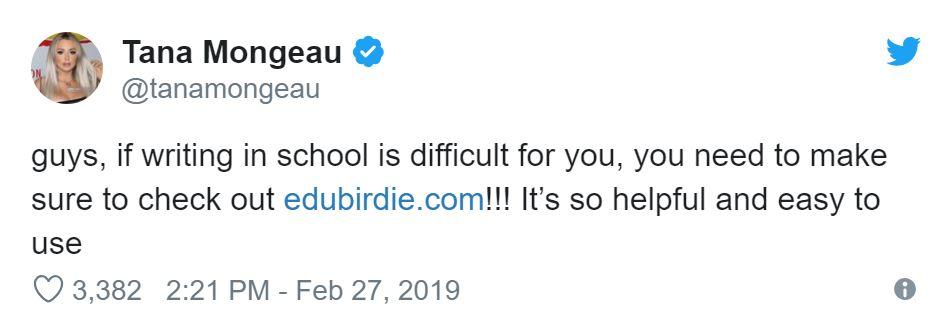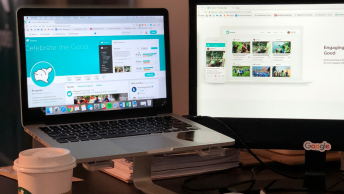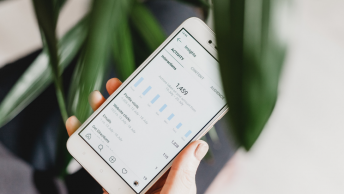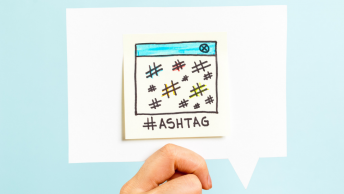Let’s take a look at some recent news important to digital branders. There have been big changes at Google and Facebook. YouTube has been tackling some big problems as well. In addition, there is big desktop ad news from the UK.
Desktop Ad Viewability Hit Record High in the UK
According to data from the lastest Ad Science Media Quality Report, ad viewability hit at an all-time high in the UK. This is great news for digital advertisers.
In the first quarter of the year, the report found that desktop display visibility increased to 70.9%. Compared to the first quarter of 2018, This is a 7.5% increase.
Figures are looking good for desktop ad viewability across the globe too. Canada has the strongest results at 73.6%. Germany came in third place. Their desktop ad viewability reached 69.4%.
Mobile is coming to prominence rapidly across the globe, which is why Google is working toward prioritizing it.
SEE ALSO: What Google’s “Mobile-First Indexing” Update Means for Your SEO Strategy
Going Mobile
However, in terms of mobile app engagement, the UK has the absolute strongest figures. Mobile in-app environments in Q1 in the UK drove the highest in-view duration in the world, at 22.52 seconds.
Nick Morley, EMEA managing director at Integral Ad Science, had this to say about it:
“When compared globally, the UK appears consistently in the top rankings, showcasing the current high quality of UK digital advertising.”
Google Began First-Price Auction Rollout
After seven months of testing, Google rolled out its first-price auctions to Google Ad Manager. The company wants this new format to increase transparency for ad publishers. Also, they want it to create ad auction unification.
Google’s director of product management, Jason Bigler, spoke on it too. He said that this new format will have a “neutral to positive” impact on ad publisher revenue. He wrote in a blog post:
“Based on these results, we are confident that moving to first-price auctions in Ad Manager will ensure a fair and transparent marketplace that benefits the health of the programmatic ecosystem.”
First-price auctions were introduced throughout September.
Have more questions about using Google Ads to your advantage? Then take a look at this blog post.
Facebook Made Changes To Their Political and Social Issues Ad Policies

Facebook has updated its ad policies leading up to the 2020 election. It has rolled out some rules for political advertisers. So, anyone who runs social issue or electoral-based ads needs to take note. These shifts were introduced on August 28th. They apply to all Facebook and also Instagram ads.
Social Media Users Get More Information
One big change is in Facebook’s disclaimer requirements. There is also an expanded list of topics covered by them.
Also, Facebook now wants all ads like this to be more transparent. They must show more information about the organizations attached to them. This can look like:
- A Federal Election Commission (FEC) identification number
- A tax-registered organization identification number (EIN)
- A government website domain that matches the advertiser’s email
- The Facebook Page admin’s legal name attached to their personal identification document for small advertisers. However, this means that they can’t use the registered organization name as a part of the ad disclaimer too.
- The organization name, verifiable phone number, mail-deliverable address, business website, and email address that matches the business website domain for smaller advertisers. This also applies to politicians without an EIN or FEC number or government website.
If political advertisers do not comply with these rules, there will be consequences. As a result, Facebook can pause their ads.
Changes To Ad Labels
The labels used for political, electoral, and social issue ads have also been updated. Facebook and Instagram users will be able to click the “i” icon. Then they will get more information on any ads they see.
When they click, they will find the information Facebook has confirmed. These will appear alongside “confirmed organization” or “about this ad.”
The EIN or FEC number attached to the ad will appear with the “Confirmed Organization” label. The “About this Ad” section will show information about the organization running the ad. This includes e-mail addresses and phone numbers.
Facebook hopes that this will help people understand whether ads are real or not. They also think it will help people raise any concerns or questions they have about ads. As a result of these policies, viewers will now have all the information they need to contact these organizations.
Updates To Social Issue Ad Categories
Before, Facebook had 20 social issue ad topics. However, they just added 10 more. This list will likely be edited, expanded upon, and refined in the future. It includes:
- Civil and social rights
- Crime
- Economy
- Education
- Environmental politics
- Guns
- Health
- Immigration
- Political values and governance
- Security and foreign policy
Facebook’s Goals
Facebook made these changes with two big goals in mind. One is to increase political ad transparency. As such, they want to give users better information. As a result, they hope users can make more informed choices.
The other big goal is to try to make sure that advertisers are not using any unethical “black hat” techniques. Facebook wants unethical organizations to have less impact.
As such, it is very important that marketing organizations tackling political causes are aware of these changes. Any ads they hope to run on Facebook or Instagram must comply. If they don’t, they won’t be seen as a result.
SEE ALSO: 10 Tips to Improve Your Facebook Ad Conversions
YouTube’s Work Removing Inappropriate Content
YouTube has come under fire in a big way in recent years for some big issues. Many feel they are not doing enough to protect the kids on their platform. They have been criticized for showing kids disturbing content. Also, others feel they do not do anything to protect the kids who appear in videos.
Many say it is the job of parents to moderate what their kids watch. However, this is a complex matter for a number of reasons.
For one, many creators promote bad things to young audiences at random. For example, a YouTuber with over 5 million followers came under fire this year. This was after she promoted a paper-writing site to school children. Many have called it a plagiarism site.

In addition, the YouTube Kids App is full of disturbing cartoons too. Many show kids how to hurt themselves or others. So, parents are incredibly concerned. It has been reported on by news outlets like the BBC and numerous major YouTubers too over the years.
A Problem With Advertisers
YouTube has also run into trouble with advertisers.
In 2017, numerous major companies pulled their YouTube ads. This includes companies like Pepsi and Verizon. It was a result of the companies discovering their ads were appearing next to extremist content.
These included videos posted, for example, by a hate preacher. His words allegedly inspired a political assassination in Pakistan.
YouTube vs Hate Speech
YouTube is doing a lot to address these issues. However, their reach might be limited. After all, roughly 82 years of content gets uploaded to the site each day. It is no mystery why the platform is struggling to monitor it all.
However, YouTube is working on fixing the problem.
YouTube’s CEO Susan Wojcicki released an update. She explained YouTube’s priorities. Wojcicki also explained steps they are taking to fix problems. For example, one of the site’s biggest concerns is hate speech.
As a result, YouTube spent months creating a hate speech policy. They also trained staff to enforce it. So far, this policy has led to over 17,000 account removals. 30,000 videos were removed for hate speech in August of 2019 too.
Final Thoughts
Big changes happen in the world of digital branding all the time. We live in an increasingly connected digital world too. As a result, there is always something big just around the corner.
So, it is important to stay on top of big changes. You have to be up on current news in order to build a brand that shines. Also, understanding updates on the platforms you use is key. Then, you can do your most effective work.
So, which of these updates do you feel matters most to your digital brand? Comment below…











